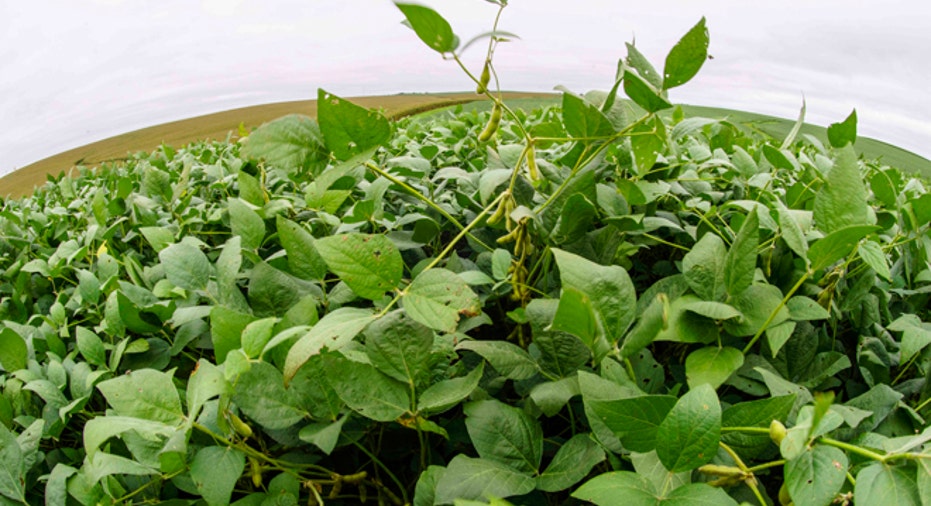USDA Ups Expected Record Corn, Soybean Harvest

DES MOINES, Iowa – The expected record corn and soybean harvest will be slightly bigger than previously estimated, the result of late summer warmth that helped fill cornstalks with ears and soybean plants with bean pods, the U.S. Department of Agriculture said Friday.
Farmers are expected to bring in 14.5 billion bushels of corn, up 80 million bushels from the September estimate. It's the third consecutive month the USDA has increased its estimate of the corn harvest as favorable weather helped the crops develop. And soybean farmers will harvest an estimated 3.93 billion bushels, up 14 million bushels from last month's estimate.
It'll be a banner year for corn, with farmers expected to harvest a national average of 174.2 bushels per acre, a significant increase over the record of 169 set in 2009. Though the USDA lowered the number of acres planted by 1 percent to 90.9 million acres, the increased yield pushed the total expected harvest higher.
Twenty-two states expect a record high corn yield for 2014, and 10 states will set a benchmark for number of ears, including Illinois, Iowa, Nebraska, and Ohio.
Sixty percent of the corn crop was mature at the end of September, 10 percentage points behind the five-year average, but only 12 percent of the nation's crop was harvested because while the crops are in good shape they were planted late and aren't quite fully mature. That's slightly ahead of last year but 11 percentage points behind the five-year average.
Soybean farmers will see records fall, too, as 12 states will set new yield benchmarks, including Georgia, Illinois, Indiana, and Ohio. The national average yield was boosted to 47.1 bushels per acre, up from the record of 44 set in 2009.
Just 10 percent of soybeans have been harvested, seven percentage points behind normal in most places, and more than 10 percentage points behind in Iowa, Minnesota, Nebraska and the Dakotas.
Ohio's farmers are expected to see record corn and soybean yields.
Bill Bayliss, who grows both crops plus wheat in west-central Ohio, attributes it to weather that cooperated through the growing season.
"Unusually cooler weather and kind of consistent not big gully-washer downpours but just consistent rain made good growing conditions," said Bayliss, who farms about 2,000 acres near West Mansfield.
He said harvest is about two weeks behind schedule as a result of late planting.



















